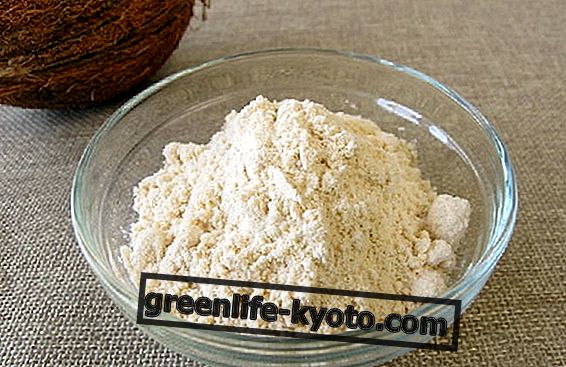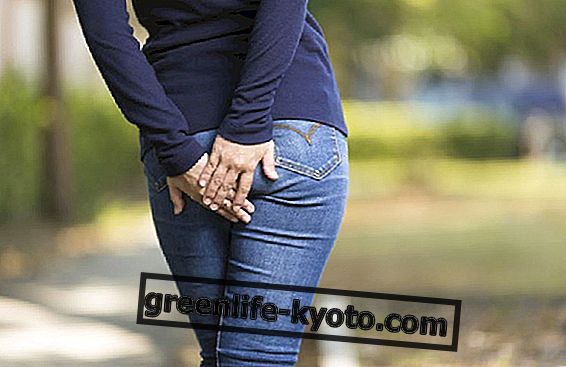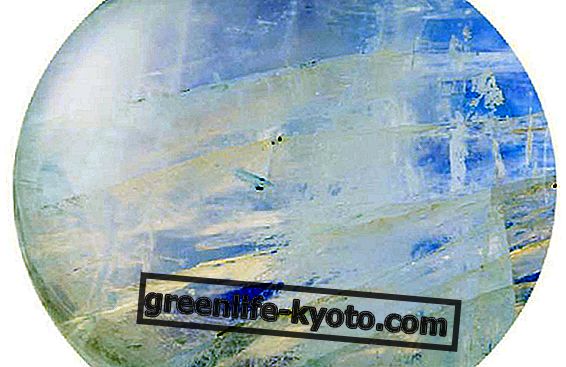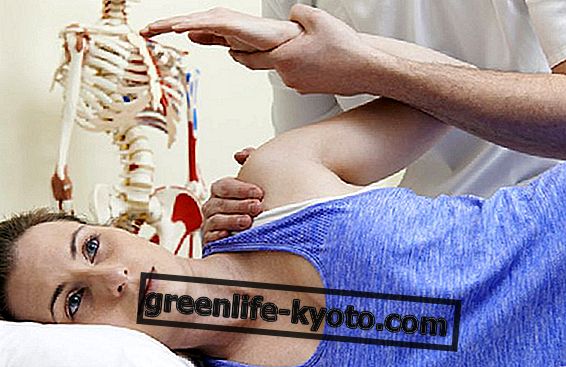
It is often associated with osteoporosis, and indeed this is one of the main risks of vitamin D deficiency : weakening of the bones.
The bond is hidden in the role played by this vitamin in the absorption of calcium, a very important mineral for bone health.
However, the functions of vitamin D are not exhausted here. Having adequate doses available is also important for the proper functioning of the nervous system, muscles and the immune system.
It also seems that there is a link between anemia and vitamin D deficiency, but the exact role played by this nutrient in controlling iron levels (which, if not adequate, can lead to the appearance of anemia) have not yet been fully realized clarified.
Relying on nutrition is not enough to meet the body's needs. The foods that can supply vitamin D, in fact, are not many. Moreover, much of what we need is synthesized thanks to a reaction that takes place in our skin thanks to the action of ultraviolet rays .
The sun's vitamin
Our main source of vitamin D is therefore the sun . Unfortunately, however, we have to deal with the fact that the same ultraviolet rays that allow us to synthesize this substance can also increase the risk of skin cancers ; this is why it is important to protect ourselves from excessive exposure to sunlight.
The consequent use of products containing factors capable of shielding ultraviolet, combined with the lower tendency to spend time outdoors which characterizes many modern lifestyles, reduces our ability to synthesize vitamin D, exposing us to the risk of deficiency .
A similar problem also occurs in young children, whose delicate skin should not be exposed to direct sunlight before 6 months of life.
The issue should not be underestimated; suffice it to say that rickets are included among the consequences of vitamin D deficiency in children.
How to verify vitamin D deficiency
To check if you suffer from a vitamin D deficiency, simply have a blood test . The parameter that is measured to determine whether integration is necessary is 25-OH vitamin D.
The alert threshold may vary slightly depending on the scientific company chosen as a reference; there are also those who, for example, take into consideration whether the exam was done in summer or winter.
Generally speaking there is a deficiency when vitamin D levels are lower than 10 ng / ml and insufficiency for values between 10 and 30 ng / ml. Supplementation is often recommended for values below 30 ng / ml.
The tests in the pharmacy
In addition to the classic withdrawal, it is also possible to undergo rapid tests available at the pharmacy . The necessary sample is always of blood, but a drop is enough obtained simply by pricking a fingertip . Results are generally available within 10-15 minutes .
Attention, however: there is also the opposite condition, that is the excess of vitamin D. The threshold beyond which one speaks of toxicity is established at 100 ng / ml.
To avoid any risk, it is good to consult your doctor to assess the need to take any supplements in appropriate doses.













